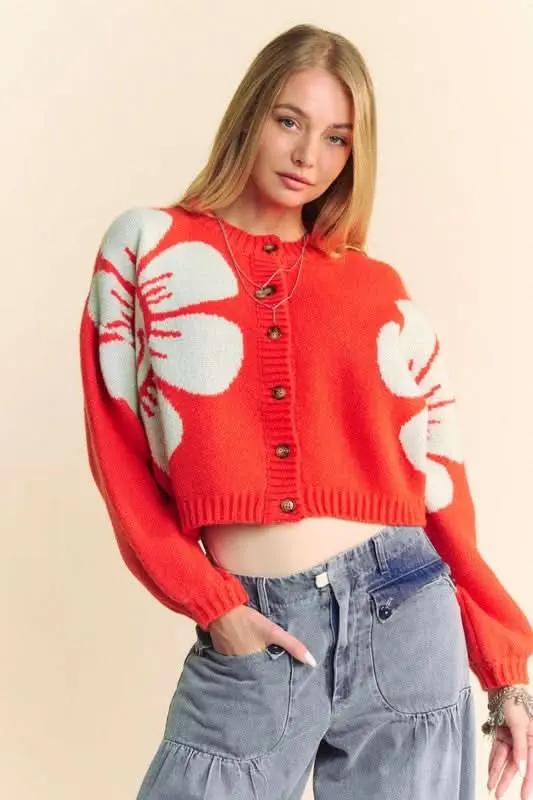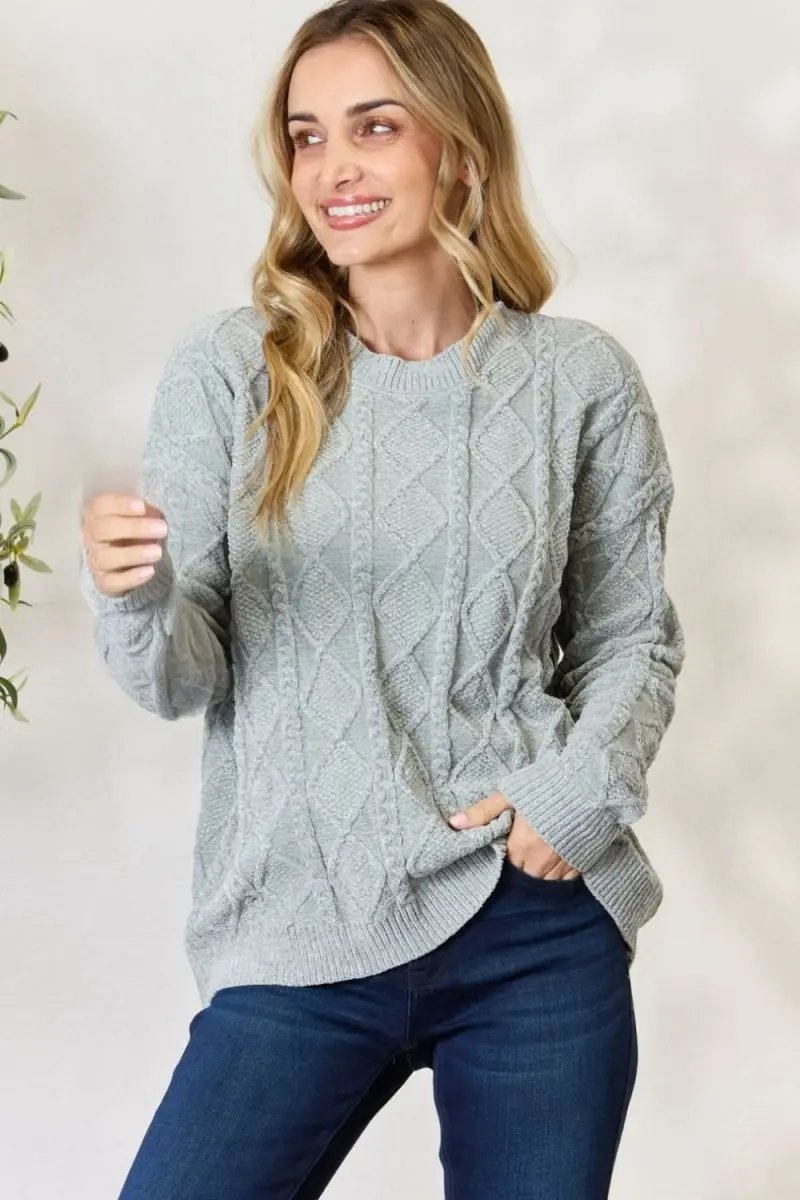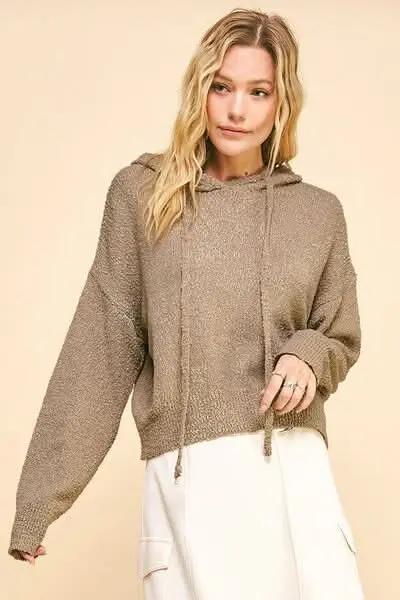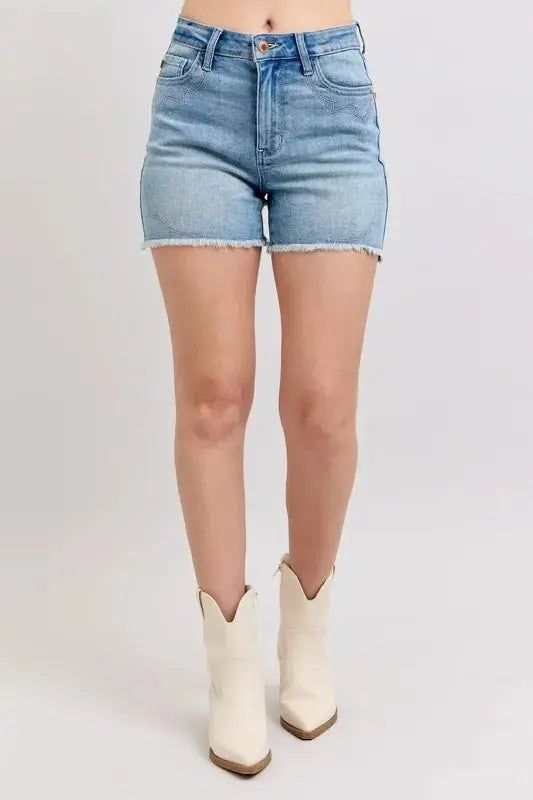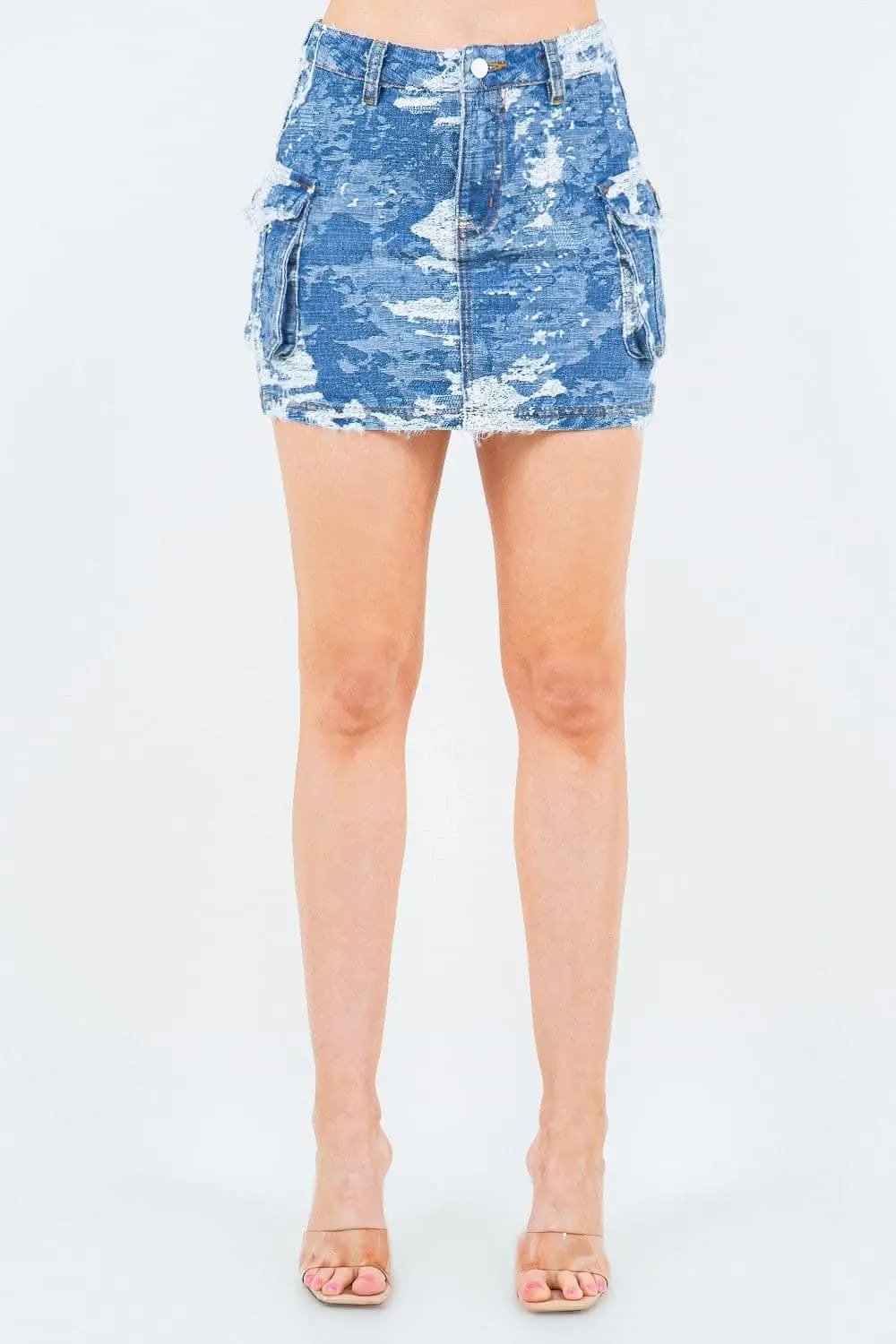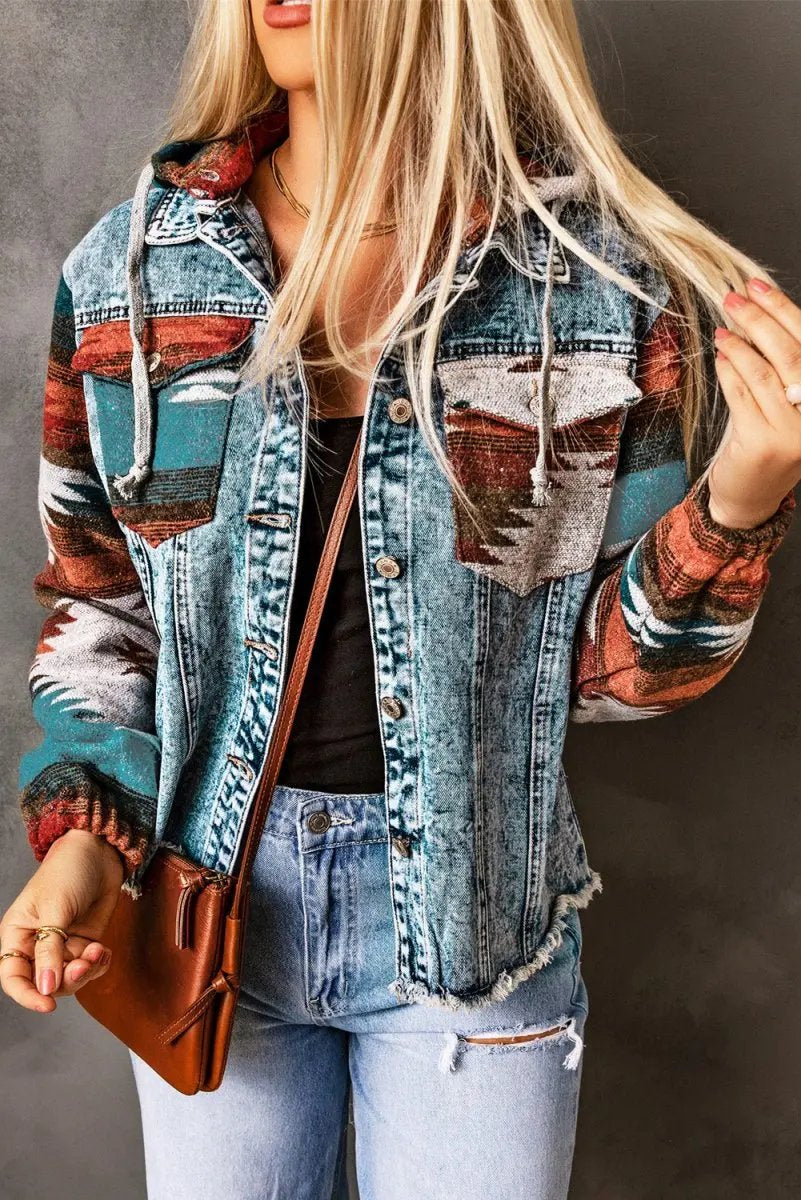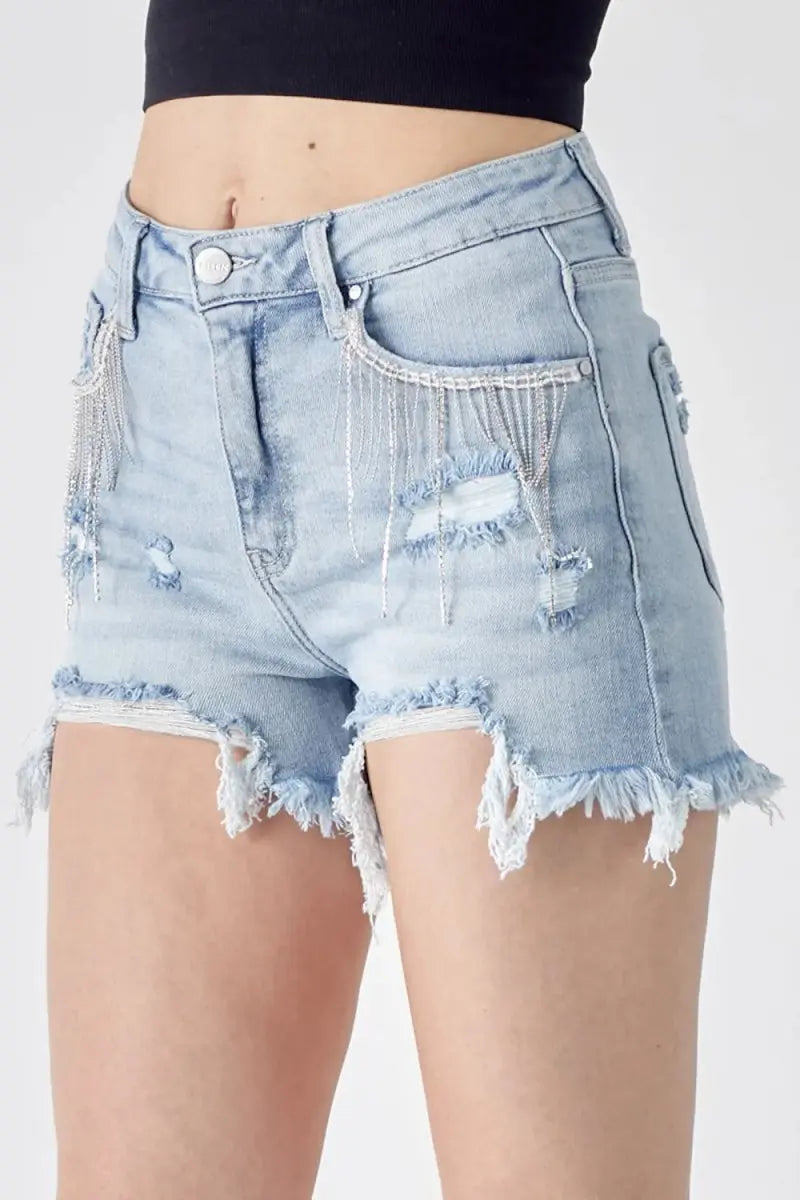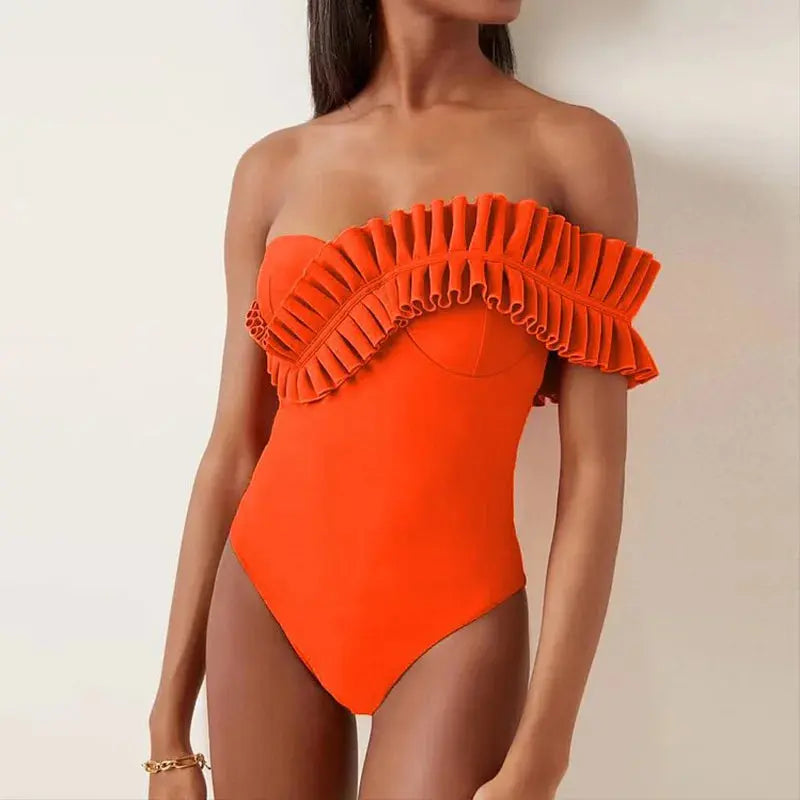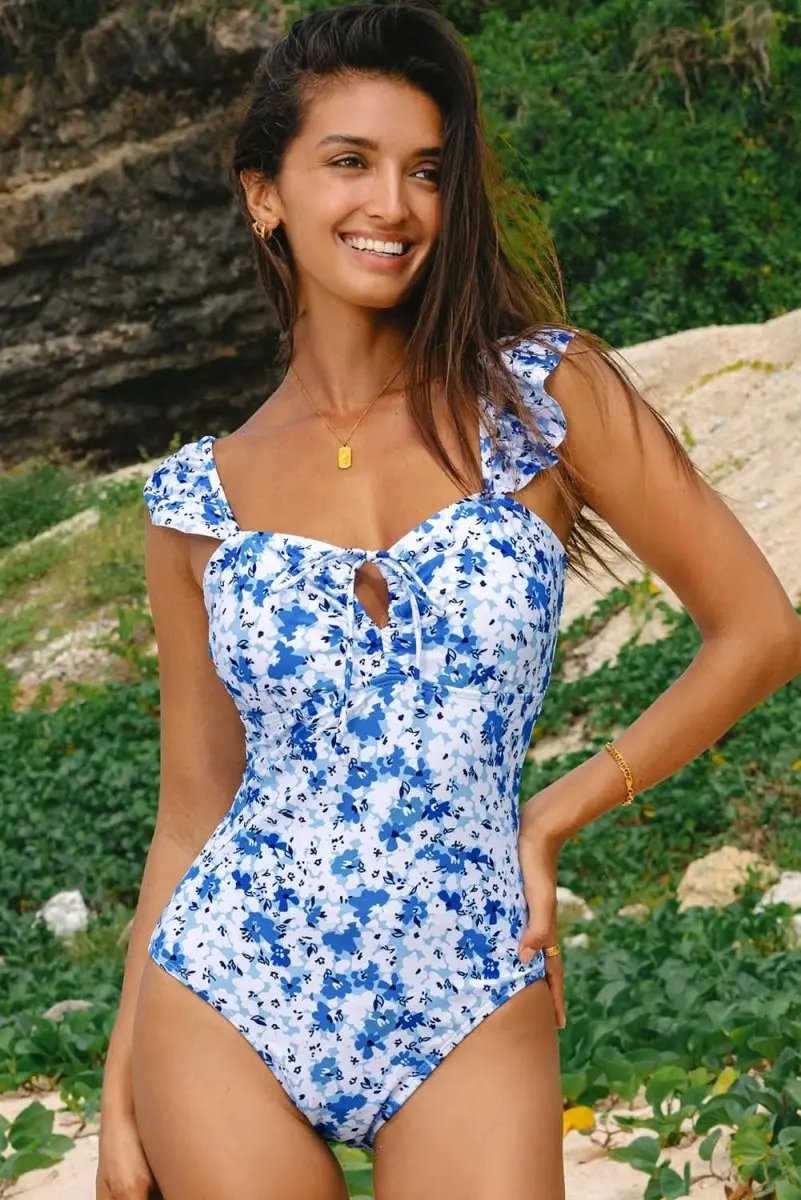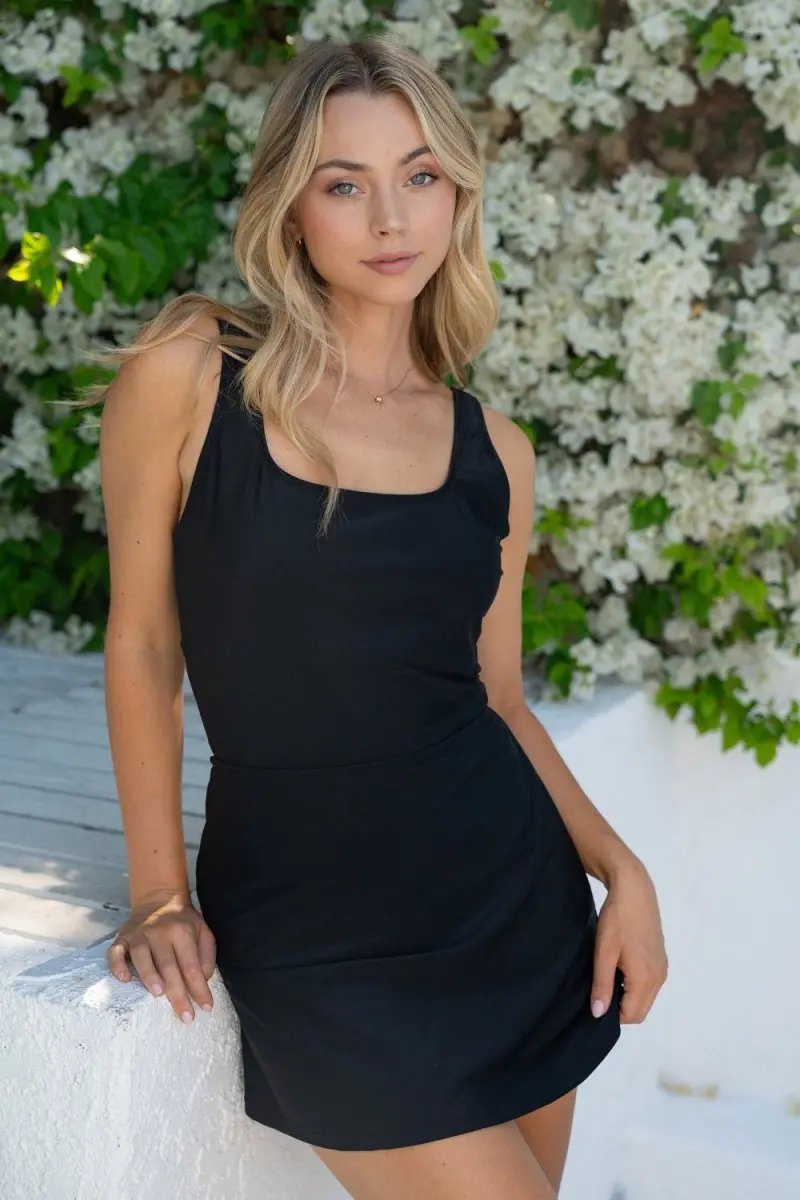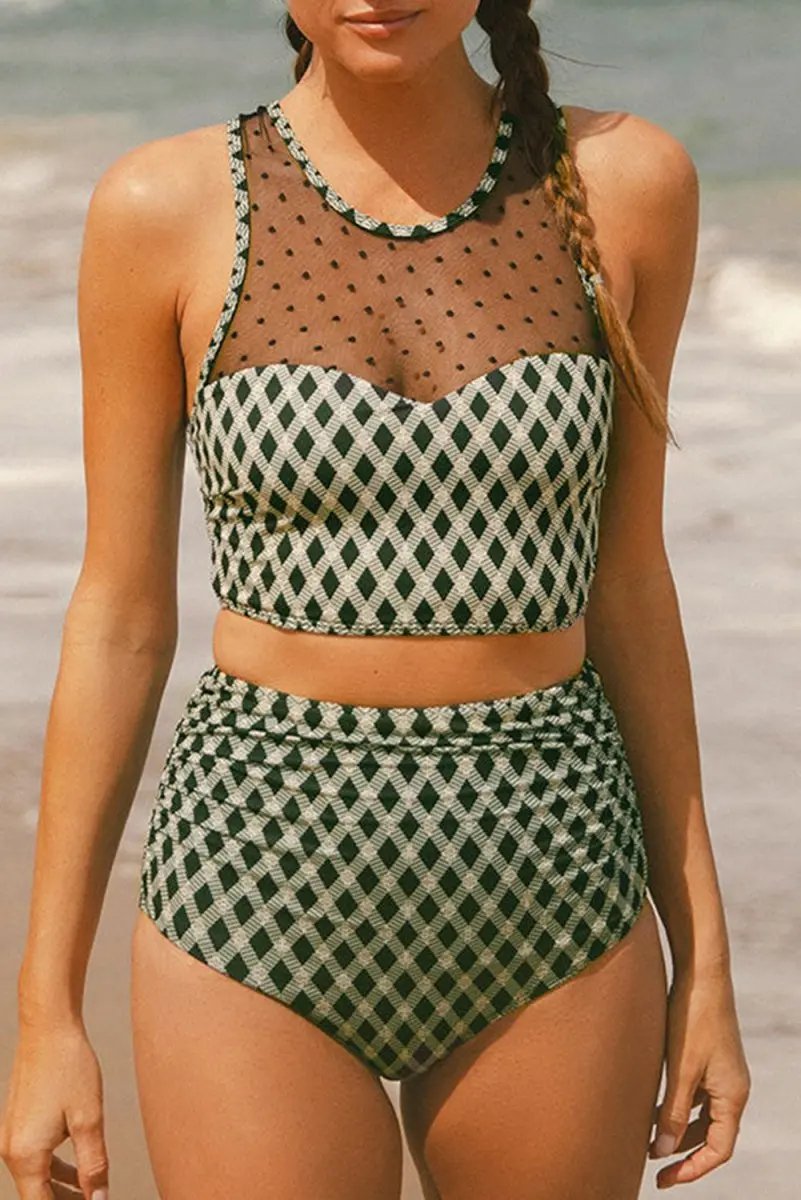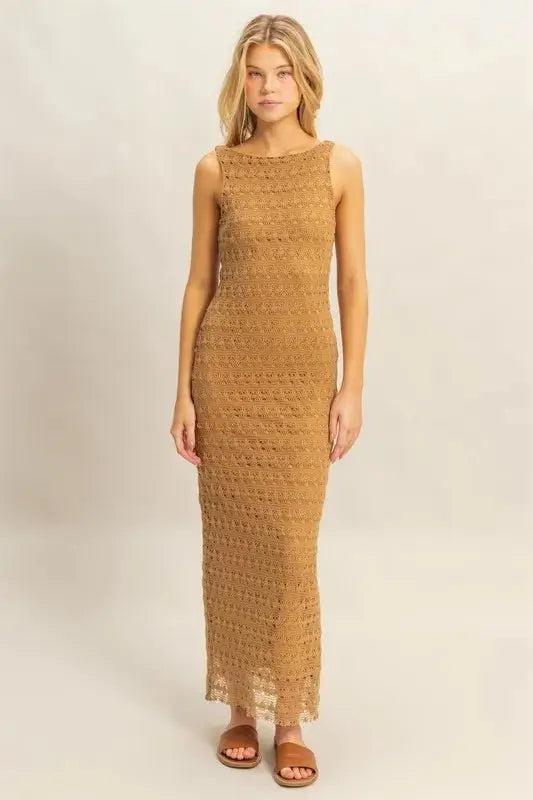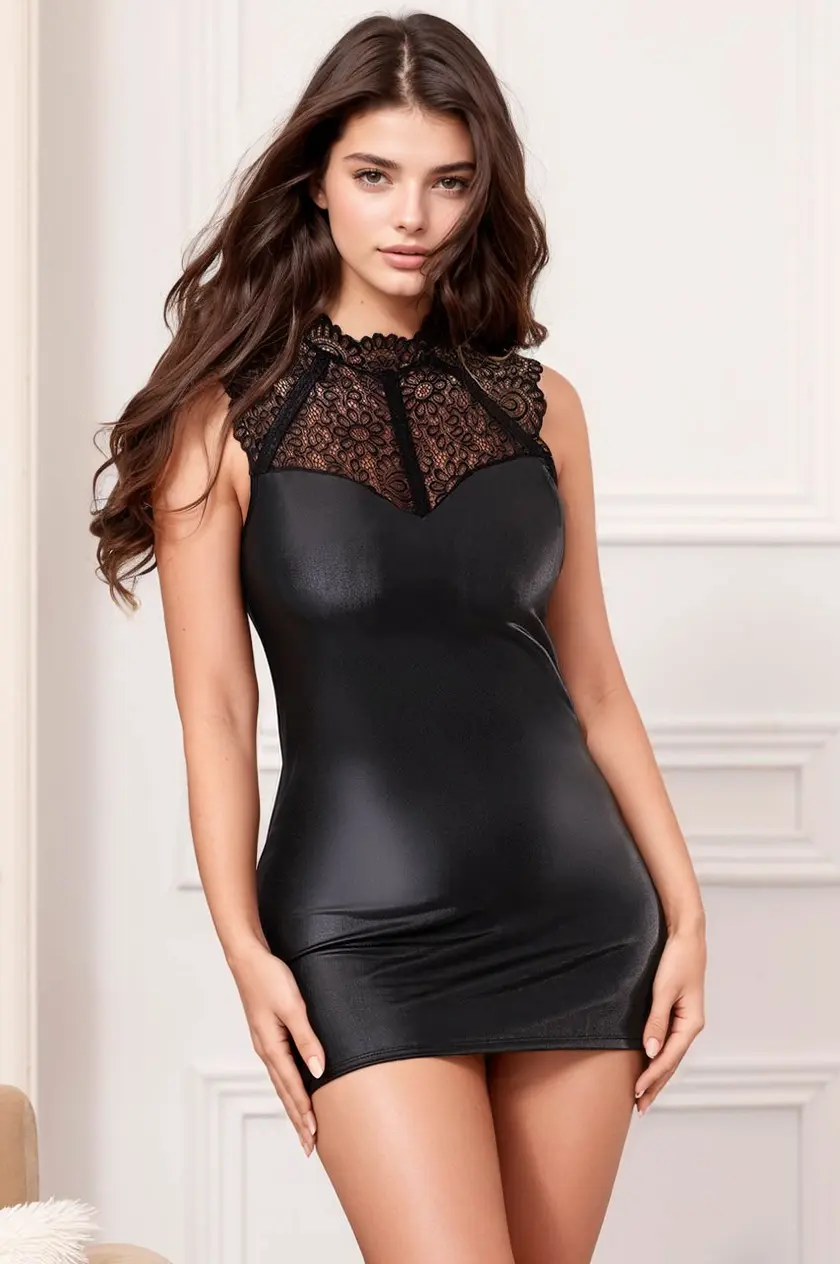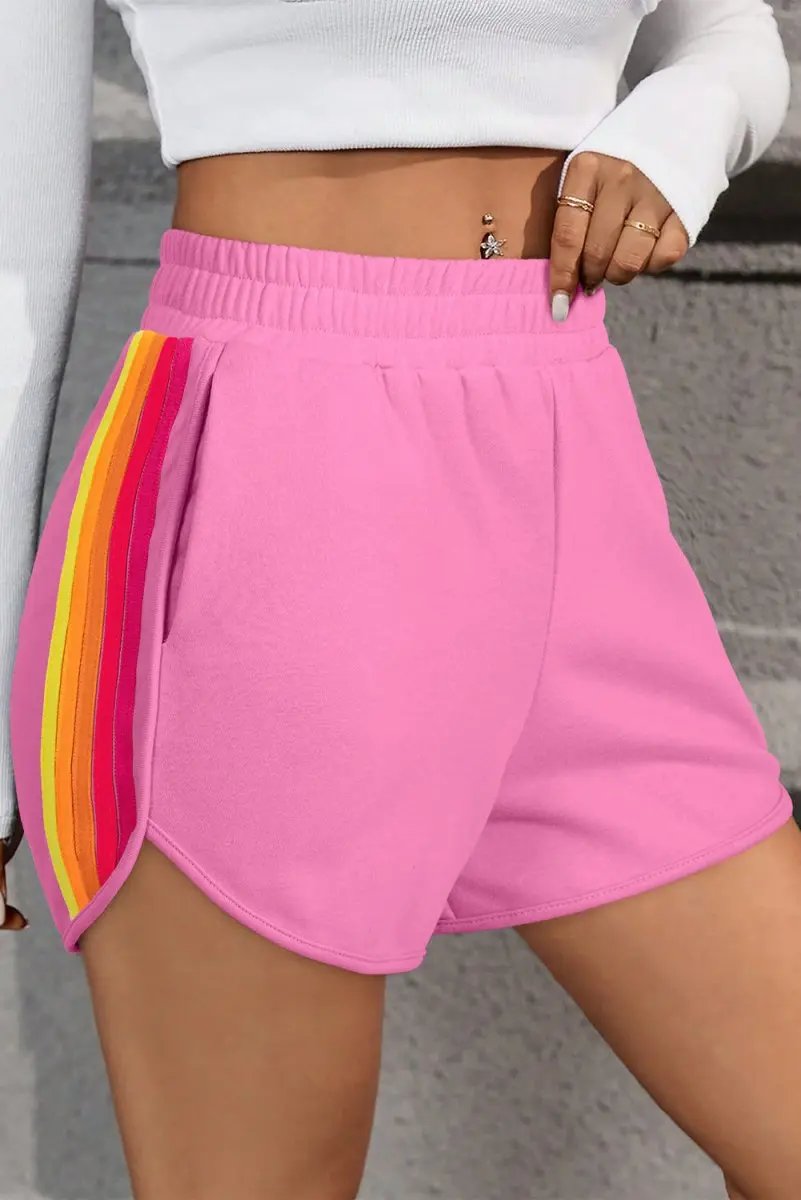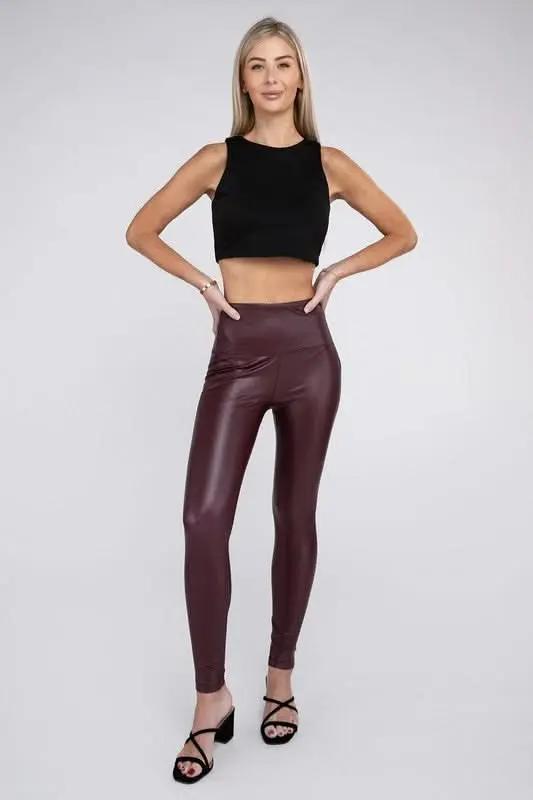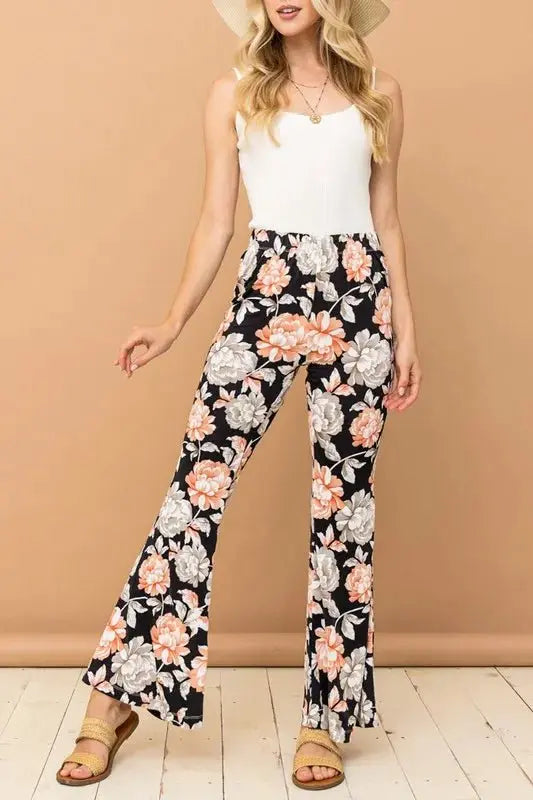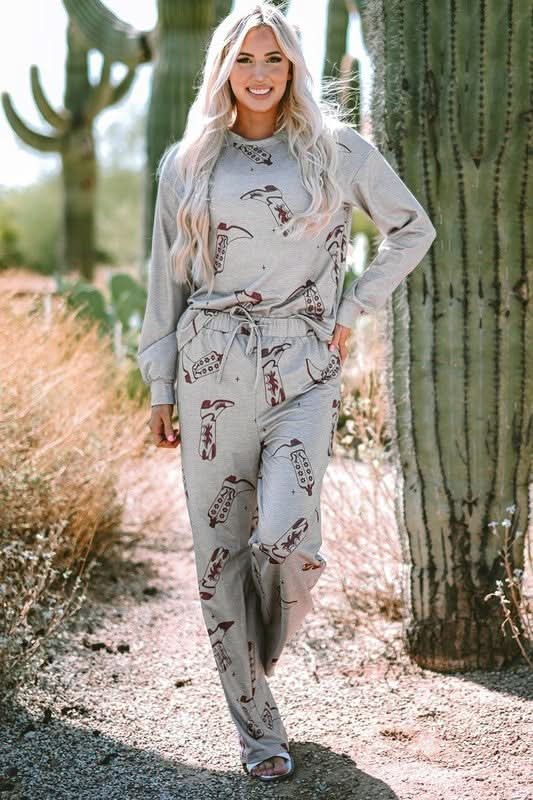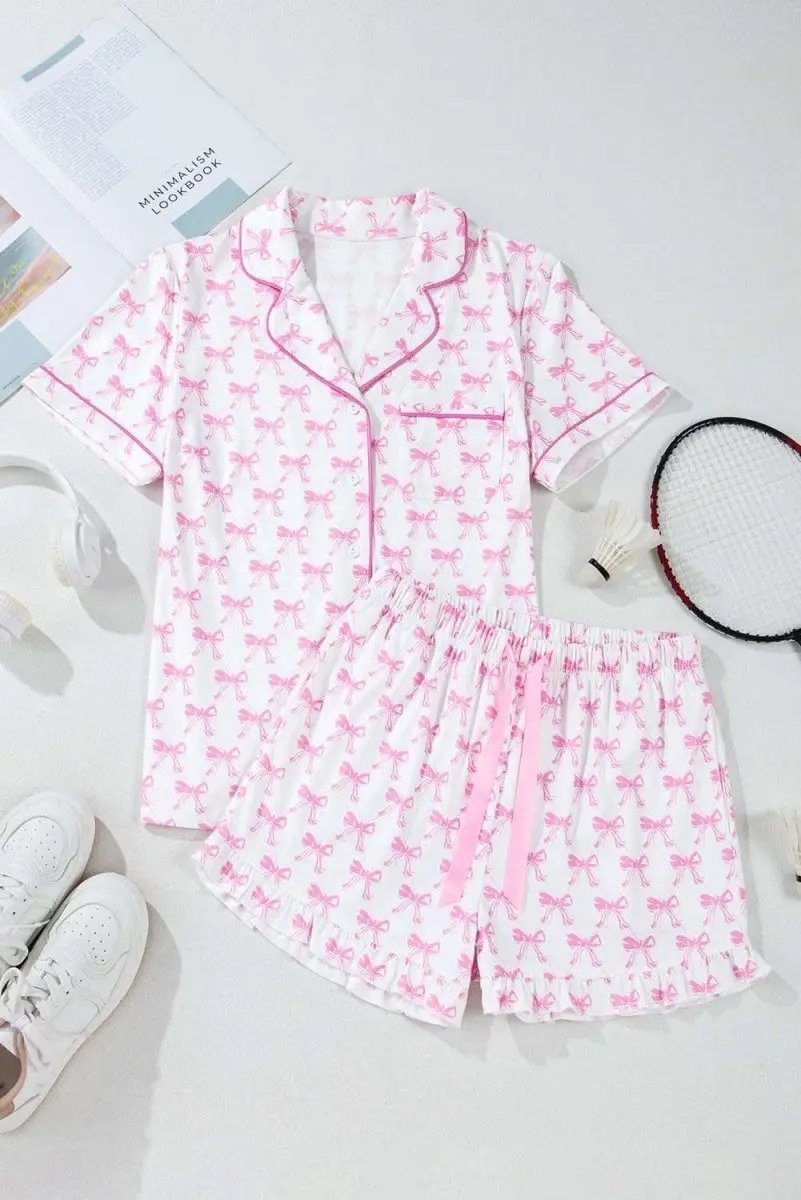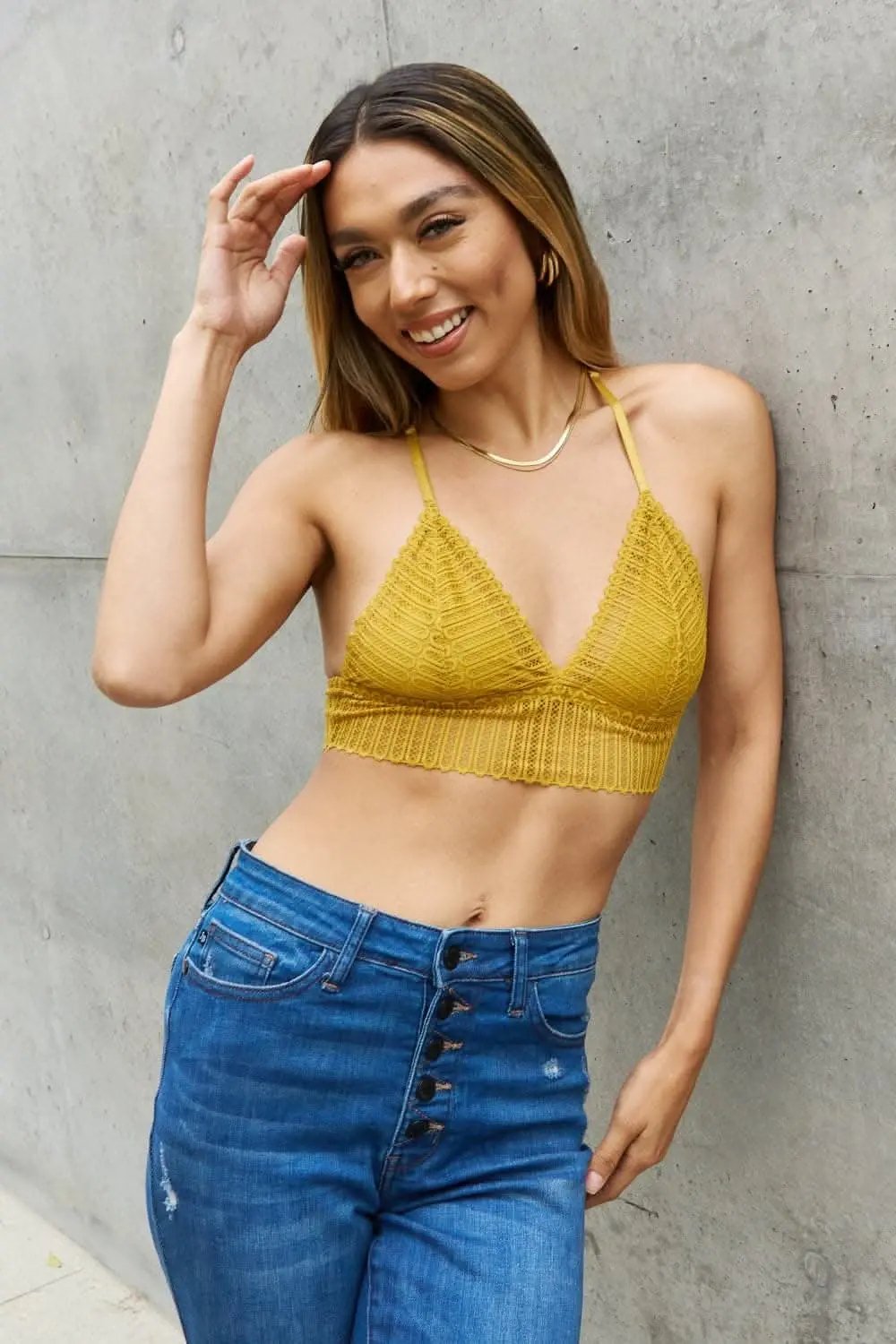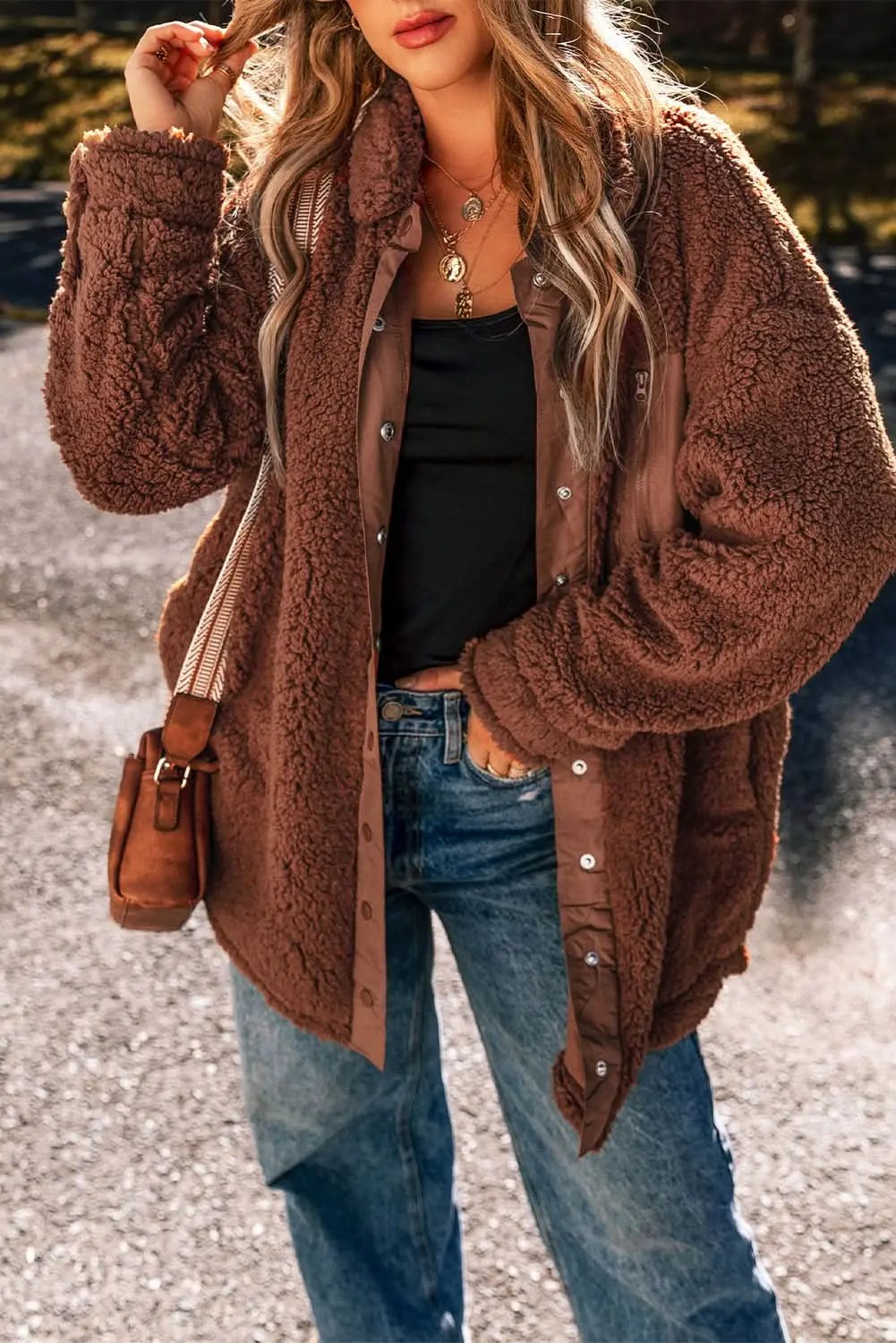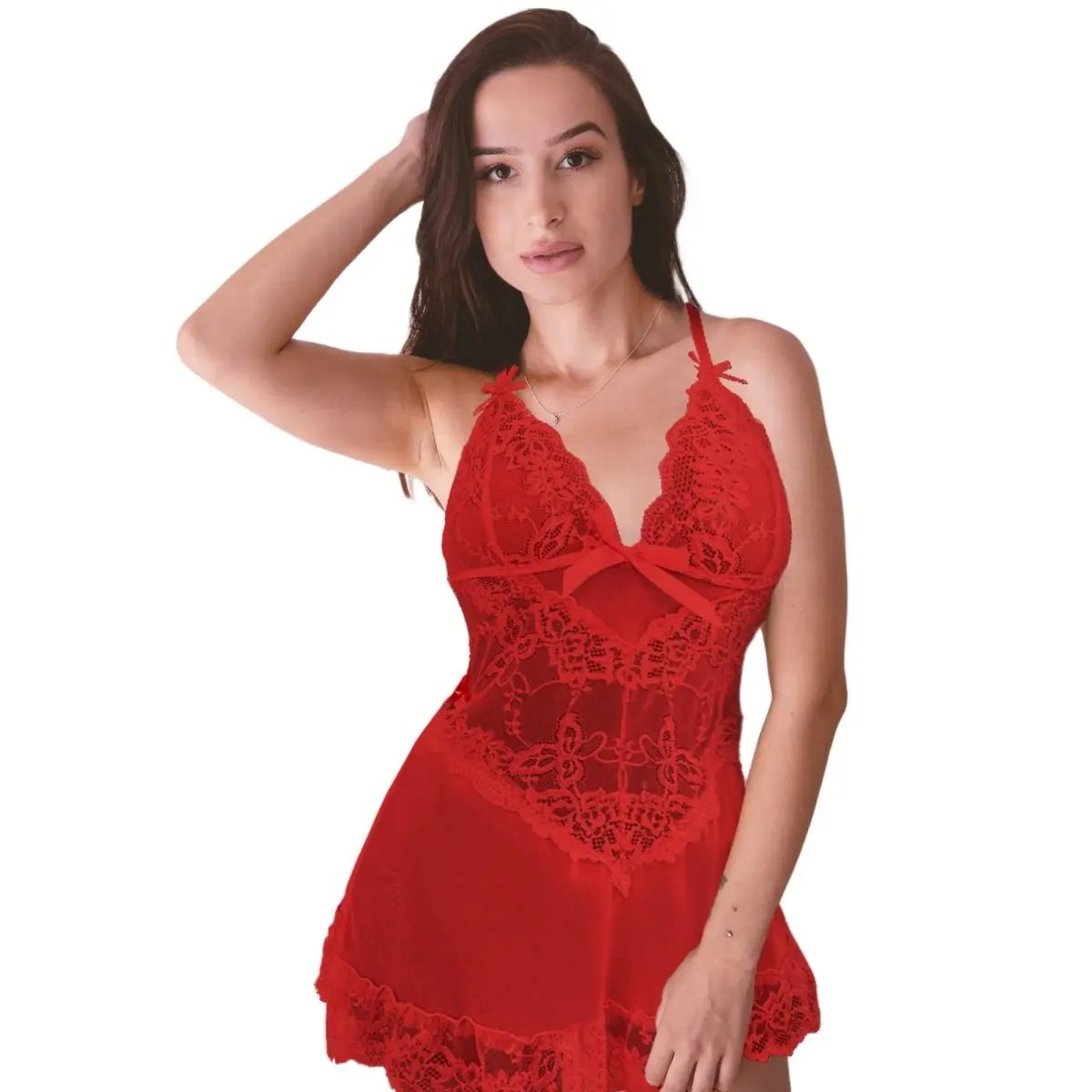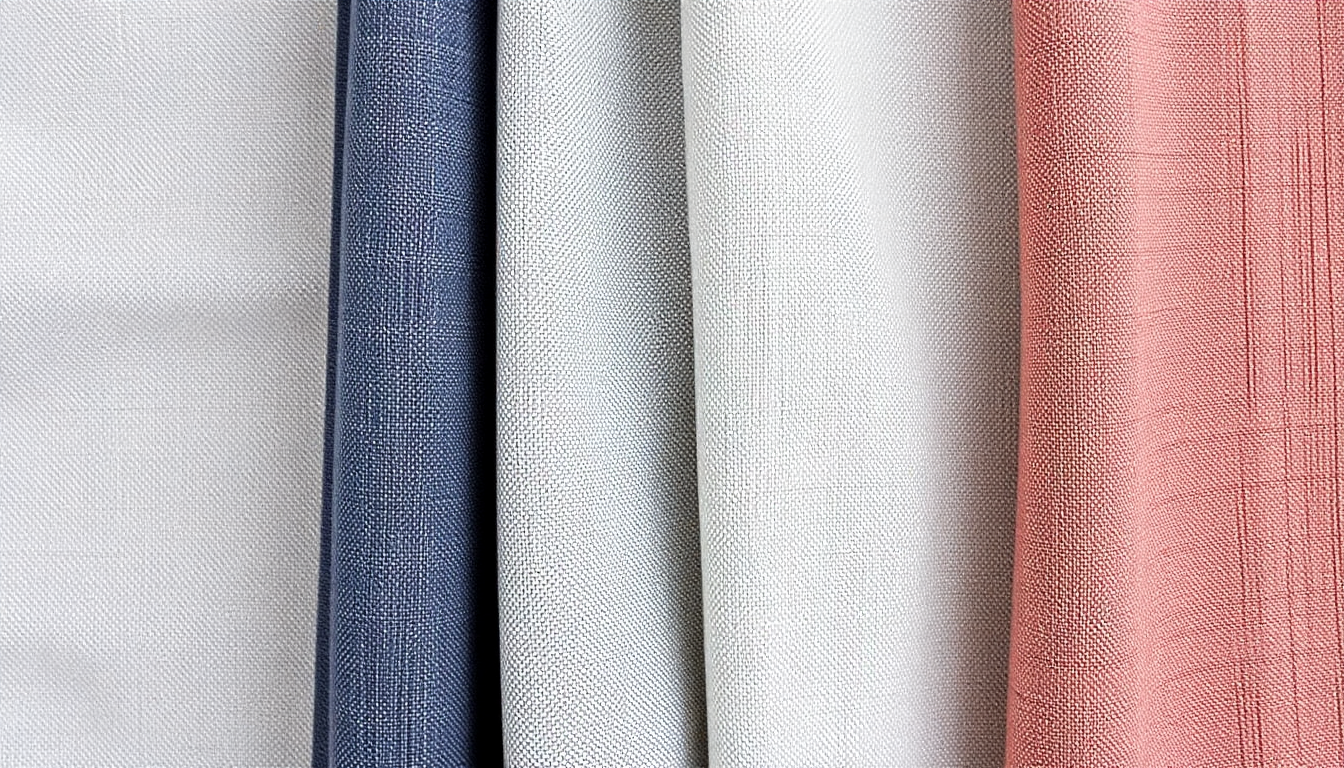Introduction: Why Fabric Knowledge Is a Game-Changer for Plus-Size Shoppers
Choosing the right fabric can transform how a garment looks, feels, and moves on a plus-size body. It impacts comfort, fit, silhouette, longevity, and even the environmental footprint of your clothes. As sustainable fashion grows in 2025, brands like Flying Tomato are expanding collections that blend eco-conscious materials with plus-size-friendly design. This expanded guide decodes fabrics from linen to recycled polyester and gives practical, searchable advice so you can shop confidently and sustainably.
How to Use This Guide
- Read the fabric deep dives to understand qualities like drape, breathability, stretch, and care.
- Use the shopping checklists and size-fit tips when browsing Flying Tomato's sustainable collection.
- Refer to the care and longevity section to keep garments looking and performing their best.
Top Fabrics Explained: What They Feel Like and How They Perform
Below is a detailed look at commonly used sustainable and performance fabrics you may see in Flying Tomato's collection, with practical notes for plus-size styling.
Linen and Linen Blends
- What it is: Made from flax; natural, plant-based fiber.
- Feel and drape: Crisp at first, softens with wear; excellent airflow; tends to have visible texture.
- Best uses: Summer dresses, button-ups, wide-leg trousers, lightweight jackets.
- Plus-size tip: Choose linen blends with a small percentage of cotton or modal for reduced wrinkling and a gentler drape that skims curves.
- Care: Hand-wash or machine-wash on gentle; hang or lay flat to dry to avoid shrinking.
Organic Cotton
- What it is: Cotton grown without certain synthetic pesticides and often processed with fewer chemicals.
- Feel and drape: Soft, breathable; weight varies widely from lightweight tees to heavier denim or canvas.
- Best uses: Everyday tops, tees, dresses, casual pants.
- Plus-size tip: Mid- to heavy-weight cottons provide structure and opacity. Look for blends with a little elastane for comfort in fitted pieces.
- Care: Cold wash, tumble low or air-dry; organic cotton may shrink slightly on first wash.
TENCEL/Lyocell and Modal (Regenerated Cellulosics)
- What they are: Cellulose-based fibers (often from sustainably sourced wood pulp) produced in closed-loop processes.
- Feel and drape: Silky, smooth, luxuriously drapey; excellent color retention.
- Best uses: Dresses, blouses, soft trousers, sleepwear.
- Plus-size tip: TENCEL and modal create flattering silhouettes because they skim rather than cling; ideal for wrap dresses and flowy tunics.
- Care: Machine-wash on gentle or hand-wash; air-dry to protect fibers and reduce pilling.
Recycled Polyester and Recycled Nylon
- What they are: Synthetics made from post-consumer or post-industrial plastic waste, including bottles and fishing nets.
- Feel and drape: Can mimic smooth or technical finishes; generally durable and colorfast.
- Best uses: Outerwear, activewear, structured dresses, linings, and some trousers.
- Plus-size tip: Look for blends with natural fibers or breathable constructions. Recycled synthetics are great where durability, quick-drying, or wind/water resistance are needed.
- Environmental note: Recycled synthetics reduce reliance on virgin plastics but can still shed microfibers in the wash; use washing bags or filters to mitigate this.
- Care: Cold wash, avoid high-heat drying; treat technical finishes carefully to preserve water-repellent coatings.
Hemp
- What it is: A durable plant-based fiber that requires less water and pesticides than many crops.
- Feel and drape: Sturdy and breathable; softens with wear and wash but can be slightly coarse if unblended.
- Best uses: Casual trousers, structured tees, blends for jackets.
- Plus-size tip: Hemp blends reduce stiffness and add body, making them great for tailored pieces like relaxed blazers or wide-leg pants.
- Care: Gentle wash and air-dry to extend life and maintain shape.
Elastane/Spandex
- What it is: Stretch fiber often added in small percentages to knits and woven blends.
- Function: Provides stretch and recovery — important for mobility and comfort in plus-size garments.
- Plus-size tip: 3–6% elastane is common for everyday garments; activewear and body-contouring pieces may have higher percentages for support.
Comparing Fabrics: What Works Best for Different Needs
Not all fabrics are equal for every situation. Use these quick comparisons to match fabric to life:
- Hot, humid climates: Prioritize linen, TENCEL, modal, and lightweight cottons for breathability.
- Cold weather layering: Choose structured wovens and synthetics with insulating layers underneath; recycled polyester shells with natural-fill or synthetic insulation perform well.
- Workwear and tailoring: Medium-weight cotton blends, TENCEL blends, and recycled nylon are durable and can be tailored for shape.
- Travel-friendly pieces: Wrinkle-resistant TENCEL blends, treated recycled polyester, and heavier knit fabrics that hide creasing.
- Active or performance wear: Recycled polyester/nylon blends with appropriate stretch and moisture-wicking finishes.
Reading Fabric Labels: A Practical Decoder
When you scroll product pages on Flying Tomato in 2025, fabric breakdowns are usually presented as percentages. Here is how to interpret common combinations:
- 100% natural fiber (linen, cotton): Breathable and natural-feeling; check weight for opacity and potential wrinkling.
- 70–90% natural + 10–30% synthetic: Natural comfort with added durability or reduced wrinkling; common for blends that balance breathability and structure.
- 80–95% TENCEL/modal + small elastane: Highly drapey with stretch and recovery — excellent for plus-size dresses and tops.
- 50–70% recycled polyester + natural fibers: Durable and quick-drying while retaining some breathability — good for outerwear and utility pieces.
- High elastane (10%+): Usually indicates body-contouring or compression-level garments — ensure comfort if you prefer softer fits.
Fit and Size Guidance: Fabric-Specific Considerations
Fabric choice influences fit in ways that are especially relevant for plus-size bodies. Here are actionable tips:
- Stability and Structure: Medium-weight cotton and structured linen blends hold shape and create clean lines for blazers and trousers.
- Drape and Conceal: TENCEL, modal, and softer knits are ideal for pieces meant to skim rather than cling; they help conceal high-movement areas such as the stomach or hips without adding bulk.
- Elastic Waistbands and Stretch Panels: Seek out garments with stretch waistbands or built-in paneling to improve sit comfort while maintaining fit at the hips and thighs.
- Layering Strategy: For form-fitting pieces in synthetics, layer with a lightweight TENCEL camisole or natural-fiber slip to reduce cling and increase comfort.
Shopping Checklist for Flying Tomato's Sustainable Collection
Before you click add to cart, run through this checklist.
- Review the fabric composition and identify the percent of natural vs recycled fibers.
- Check elastane percentage if the item is fitted; 3–6% is typical for everyday comfort.
- Read product descriptions for lining and opacity notes, especially for dresses and light-colored tops.
- Scroll to customer photos and reviews to see how the fabric behaves on real bodies and in real light.
- Note care instructions and consider whether you can maintain them (e.g., air-dry, delicate wash).
- Confirm fit notes and size charts. If possible, order two sizes and return the one that doesn't fit according to the brand's return policy.
Detailed Measuring and Fit Guide
Getting accurate measurements is essential. Use a soft measuring tape and a well-fitting bra for bust measurements. Measure over bare skin or a thin layer of clothing.
- Bust: Measure around the fullest part of your chest, keeping the tape level and snug but not tight.
- Underbust: This helps with bodice fit — measure directly under your breasts.
- Waist: Measure at the natural waistline, typically the narrowest part of the torso.
- Hips: Measure around the fullest part of the hips and buttocks.
- Rise for pants: From the top of the waistband to the crotch seam; check the garment rise if you prefer high- or mid-rise styles.
Common Fit Problems and Fabric-Based Fixes
- Clingy fabric on skirts/dresses: Solution: choose lined garments or heavier-weight knits and TENCEL blends that reduce cling.
- Too tight across bust in woven shirts: Solution: look for styles with darts, pleats, or TENCEL that provides shaping without pulling.
- Pants that gap at the waist or pull at the hips: Solution: seek styles with elasticized back waistbands, side stretch panels, or fabrics with 2–4% elastane for recovery.
- Wrinkling instantly: Solution: choose blends with modal or polyester for travel-friendly resilience.
Styling Ideas: Fabric-Focused Outfit Suggestions
- Casual weekend: TENCEL tee, linen-blend wide-leg trousers, and a lightweight recycled-poly windbreaker for unpredictable weather.
- Work comfort: Structured cotton-blend blazer, TENCEL blouse, and mid-weight denim with 2% elastane for movement.
- Vacation packing: Modal dress for dinners, linen shorts for daytime, and a recycled-poly packable jacket for rain.
- Active days: Recycled polyester leggings and a moisture-wicking TENCEL-blend top with a breathable layer on top.
Care and Longevity: Make Sustainable Choices Last
- Wash less frequently when possible; spot-clean and air garments between wears to reduce washing-related wear.
- Wash on cold and choose eco-friendly detergents to lessen environmental impact and protect fibers.
- Use a laundry bag or filters to trap microfibers from recycled synthetics and reduce pollution.
- Repair rather than replace: mending hems, fixing seams, and replacing buttons extend garment life substantially.
- Store thoughtfully: hang drapey fabrics; fold knits to prevent stretching at the shoulders.
Sustainability Labels and What to Trust in 2025
Term clarity helps you make informed choices. Here are certifications and what they generally signify:
- Global Organic Textile Standard (GOTS): Verifies organic fiber content and environmental and social criteria — strong for organic cotton.
- Global Recycled Standard (GRS): Verifies recycled content and some social/environmental practices — look for the percentage of recycled material.
- OEKO-TEX: Tests for harmful substances but does not assess full sustainability; useful for chemical safety assurance.
- bluesign: Focuses on safer chemicals and responsible manufacturing, especially for synthetics and dyes.
- Third-party transparency: Some brands publish supply chain details, carbon footprints, and chemistry restrictions beyond badges — these are helpful indicators of deeper sustainability commitments.
Myths and Misconceptions
- Myth: Natural = always better. Reality: Natural fibers can have heavy water or land use impacts; regenerated fibers like TENCEL often use closed-loop processes that reduce chemical waste.
- Myth: Recycled means low-quality. Reality: Recycled polyester and nylon can be highly durable and perform well when engineered correctly — just be mindful of microfiber release and breathability trade-offs.
- Myth: Stretch is bad for plus-size fit. Reality: Strategic stretch in the right places improves comfort and mobility without compromising structure.
FAQ: Quick Answers for Plus-Size Fabric Questions
- Q: Is linen flattering for plus-size figures? A: Yes, especially when blended or used in tailored shapes. Choose linen blends for smoother drape.
- Q: Are recycled synthetics comfortable for everyday wear? A: They can be, particularly when blended with TENCEL or cotton or engineered with breathable constructions.
- Q: What is the best all-purpose fabric for a plus-size capsule? A: A mix: TENCEL/modal for drape, mid-weight cotton for structure, and a small amount of recycled polyester for outerwear and travel pieces.
Final Checklist: Shop Confidently from Flying Tomato's Sustainable Collection
- Identify the primary fabric and percent breakdown on product pages.
- Match fabric properties to your intended use (travel, work, everyday, active).
- Choose blends to balance comfort, drape, and low-maintenance wear.
- Verify fit notes and size charts and read customer photos and reviews.
- Follow care instructions to extend garment life and reduce environmental impact.
Conclusion: Build a Thoughtful, Sustainable Plus-Size Wardrobe in 2025
Fabric literacy empowers you to make smarter purchases — ones that flatter your figure, meet your lifestyle, and reflect your values. Whether you prefer the airy coolness of linen, the luxurious drape of TENCEL, or the durability of recycled polyester, the key is to balance feel, fit, and function. Use the tips in this guide when browsing Flying Tomato's sustainable collection: decode fabric labels, choose blends that reduce drawbacks, and prioritize pieces you will wear often. With a little knowledge, you can curate a wardrobe that is comfortable, flattering, and kinder to the planet.
Happy sustainable shopping in 2025 — may your closet be both joyful and intentional.
